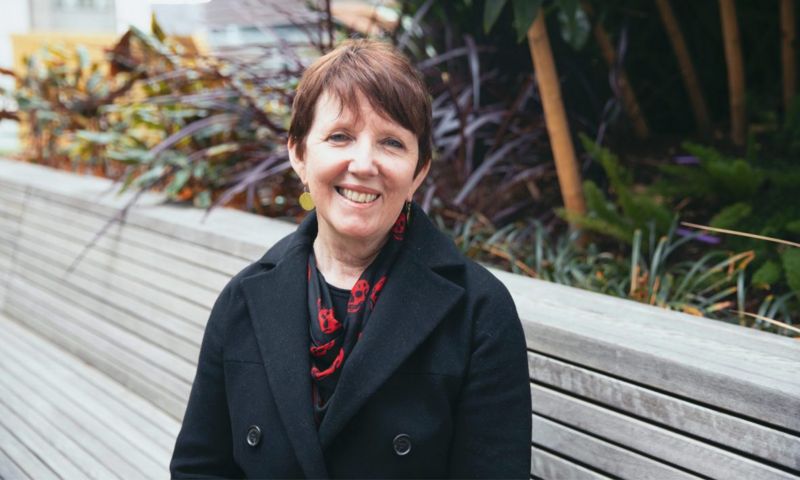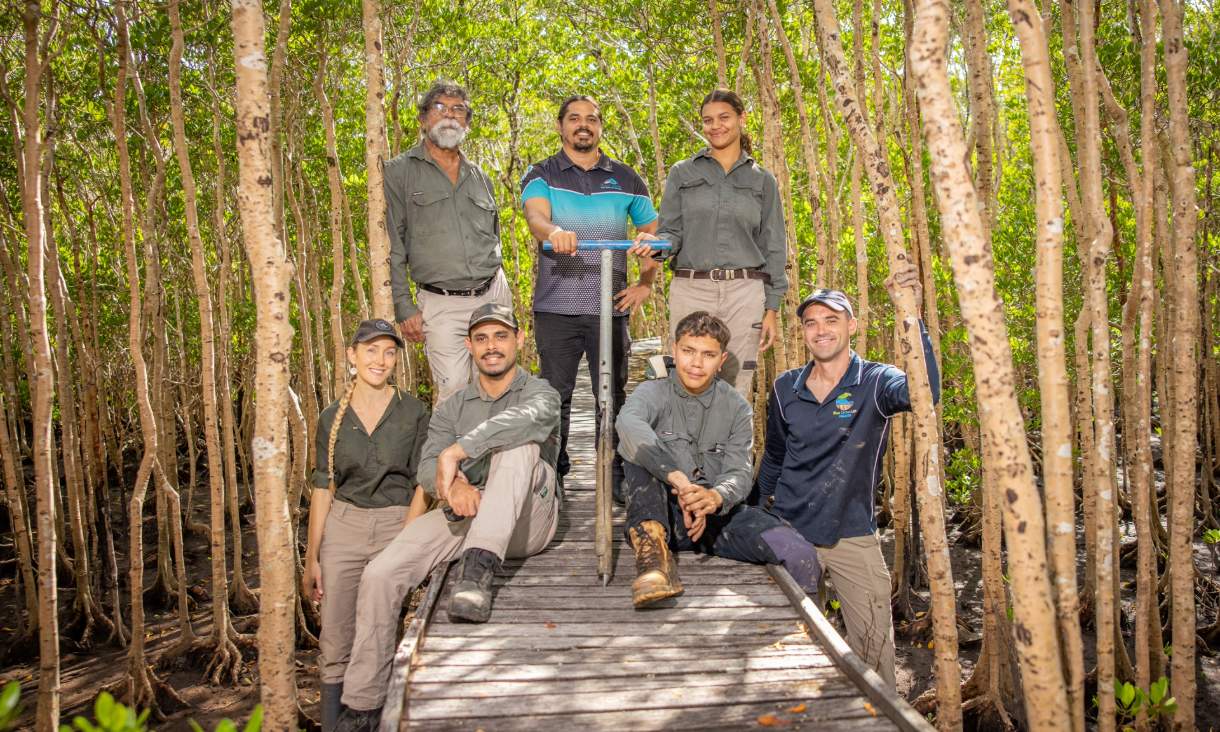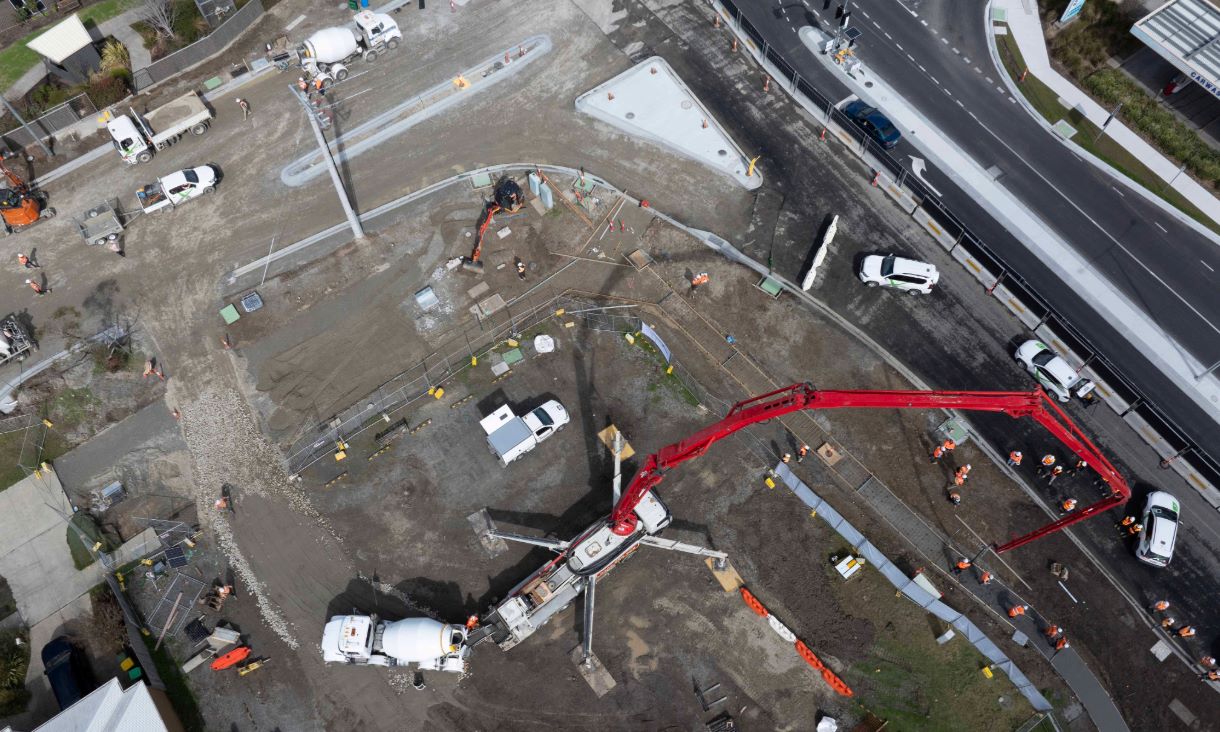The built environment and health
At the University of Western Australia, Giles-Corti completed her PhD on how physical activity is influenced by the built environment.
“Physical activity is actually a very complex behaviour because there are many domains,” she said.
“There’s active transport, recreation, going to gym. At that stage there was no evidence about any of those behaviours and how the environment affected people’s physical activity.
“This sparked me on a journey of what turned out to be a very multi-disciplinary endeavour.”
At UWA, Giles-Corti went on to set up the Centre for the Built Environment and Health.
As her framework for why liveable cities are essential for better health outcomes has developed, Giles-Corti and her team are now focused on how we can change cities and how this will change people.
The Liveability Index
When Giles-Corti first moved from Perth to Melbourne, it was the fastest growing city in Australia and one of the most liveable cities in the world.
She took up the position as Director of the McCaughey VicHealth Centre for Community Wellbeing in 2011.
At the time, four of the six growth areas were in the north-west of Melbourne and the Victorian Department of Health North-West Region was concerned about health and social problems. Giles-Corti was asked to get involved in developing a strategy to address these issues.
She was asked to meet all the local government authorities and department heads working in the north-west region.
“It was a fantastic introduction to Melbourne. It was a gift. It created an incredible network of people,” she said.
From these interviews she discovered that people’s health in these areas was being affected by a lack of public transport, lack of access to local shops and having to travel long distances for employment and that people were not spending time in their neighbourhood.
A framework for liveability evolved from this work. Liveability was a concept that policy makers knew and valued but this work gave it a public health lens.
“We were able to translate the upstream causes into a concept that was valued by the people who we were trying to influence,” Giles-Corti said.
With her research team, Giles-Corti explored the association between upstream social determinants of health and urban liveability.
“Dr Melanie Lowe – then a PhD student – led a review that defined liveable neighbourhoods as safe and socially cohesive, environmentally sustainable,” Giles-Corti said.
“She found they had affordable housing, but that housing was connected by convenient public transport, walking and cycling infrastructure to everything you need for daily living, to employment, to shops and services, to leisure, to cultural opportunities.”
Professor Hannah Badland – then a research fellow – went on to lead a program of research examining how these ‘domains’ of liveability were associated with health through National Health and Medical Research Council (NHMRC) funding for a Centre of Research Excellence in Healthy Liveable Communities. This culminated in the development of a Liveability Index developed by Carl Higgs.
The liveability work then went national with funding from NHMRC, The Australian Prevention Partnership Centre and the Clean Air and Urban Landscapes Hub of the Environmental Science Program of the Department of Environment.
Through policy analysis and mapping of the liveability indicators, the team assessed the strengths and weaknesses of current urban policies in Australian cities from a population health perspective.
This work has since been scaled-up and disseminated through the Australian Urban Observatory (AUO), a digital platform that translates complex urban data into liveability maps across Australia’s 21 largest cities, led by Associate Professor Melanie Davern.
The AUO also houses Australia’s first National Liveability Index and some of the team’s indicators have been incorporated into the Federal Government’s National Cities Performance Framework.
The Lancet Series
In 2016, Giles-Corti co-led the Lancet Series on Urban Design, Transport and Health. The series recommended a set of indicators to monitor progress towards achieving more compact cities that promote health and reduce health inequities. The indicators prioritised the availability and implementation of city planning policies to achieve healthy liveable cities.
Based on her team’s work in Australia, Giles-Corti is now leading a team of over 80 researchers working on a new Lancet Series to measure these recommended indicators globally.
Story: Thea Williams. Republished from NHMRC’s InFocus – read the complete article.








